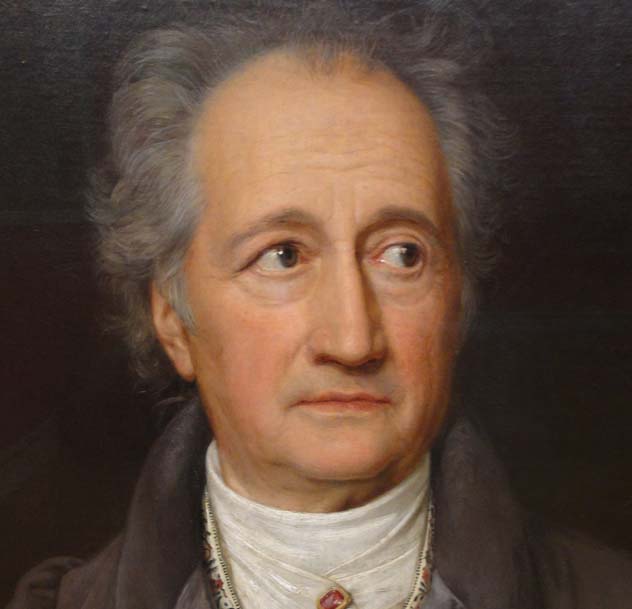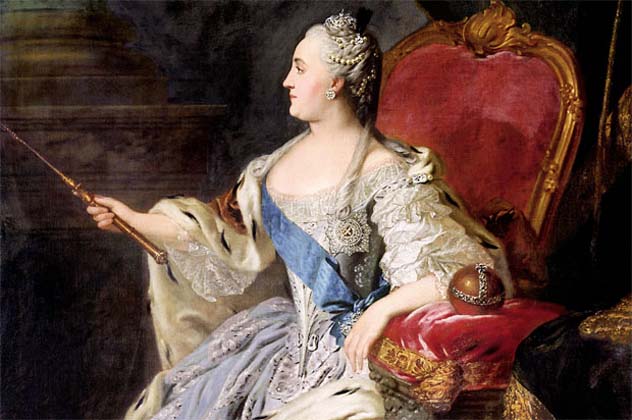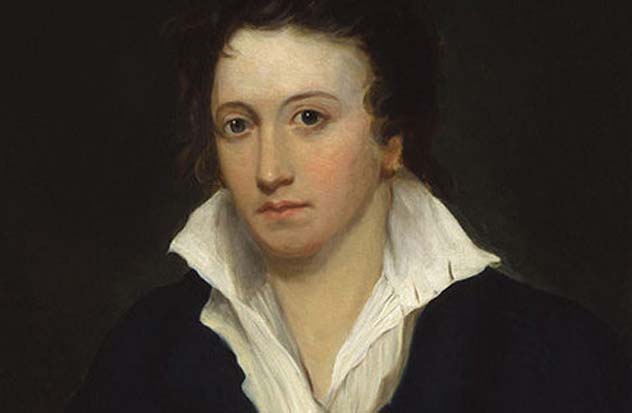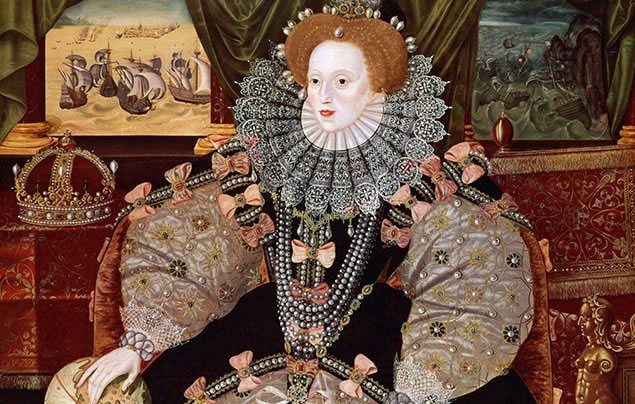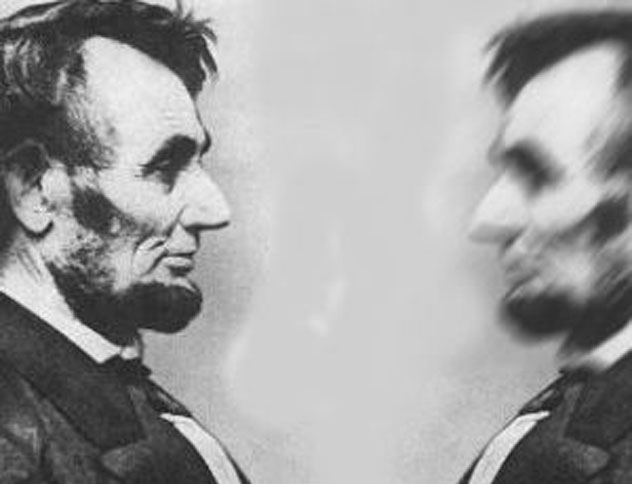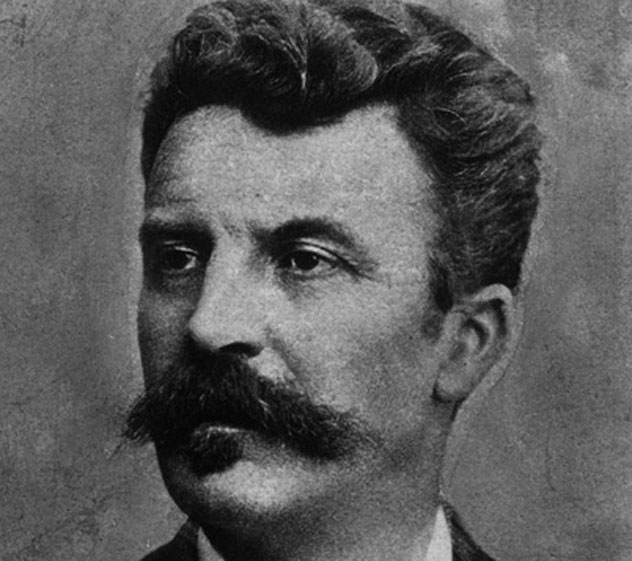Eerie Tales of Paranormal Doubles

According to legend, doppelgangers (from the German word “double-walker”) are paranormal duplicates of a living person. These spectral entities appear uncannily identical to their real-world counterparts but are often perceived as harbingers of bad luck or even death. Throughout history, numerous notable figures have encountered doppelgangers, leading to an array of strange and sometimes terrifying stories. These eerie experiences have spurred speculation and fascination, as the phenomenon seems to defy the very laws of reality. From writers and poets to monarchs and sailors, the enigmatic appearance of a second self has left many wondering about the true nature of doppelgangers.
Johann Wolfgang von Goethe, the famous German writer, poet, and politician, had one of the most intriguing doppelganger experiences. Goethe (1749–1832) was not only a celebrated literary figure, but his words and insights shaped much of the intellectual climate of his time. He was deeply respected in the fields of literature and philosophy. But even a mind as sharp and rational as Goethe's was shaken by the experience of seeing his spectral double.
One day, after a dispiriting encounter with a girl named Frederika, Goethe was riding down a footpath when he came face to face with a mysterious figure. This figure, which he claimed he saw with his “mind’s eye” rather than his physical vision, appeared to be Goethe himself, though dressed in different clothes. Strangely, the apparition didn’t frighten him. Instead, its presence was calming, and soon enough, the strange vision faded from his memory. Eight years later, Goethe travelled down the same path once more, but in the opposite direction, to meet Frederika again. As he rode, he suddenly realised that he was wearing the very clothes his doppelganger had been wearing during their previous encounter. In that moment, it struck him that what he had seen all those years ago was a vision of himself from the future.
This wasn't the only time Goethe encountered a doppelganger. On another occasion, he saw his close friend Friedrich walking down the street, wearing Goethe's own dressing gown. Puzzled by this sight, Goethe hurried home, only to find Friedrich there, indeed wearing the dressing gown. His friend had been caught in a rainstorm and borrowed Goethe's clothes while his own dried off. Although this encounter seemed less supernatural than his first, it still left Goethe perplexed by the strange overlap of reality and apparition.
Catherine the Great, the powerful 18th-century Empress of Russia, was a woman known for her fearlessness and authority. She ruled with an iron fist and was not easily fazed by the peculiar or the unknown. Yet even she could not escape the strange and unsettling experience of meeting her doppelganger. It is said that one night, while resting in her bed, Catherine was informed by her worried servants that they had just seen her enter the throne room. Surprised by the claim, Catherine went to investigate and found her spectral twin sitting calmly on the throne. Unnerved by the sight, she ordered her guards to shoot at the ghostly figure. Whether the bullets had any effect on this otherworldly intruder is not recorded, but shortly after the encounter, Catherine herself died, further cementing the doppelganger's reputation as a portent of death.
Another literary figure who faced a chilling doppelganger was Percy Bysshe Shelley, a brilliant poet remembered for his romantic works, though he is perhaps more famous as the husband of Mary Shelley, the author of Frankenstein. While one might assume that Mary Shelley, given her expertise in horror, would have been the one to see ghosts or monsters, it was Percy who frequently encountered his spectral double. In the time leading up to his untimely death by drowning in 1812, Percy confided in his wife that he had seen his doppelganger on numerous occasions. One of the most disturbing confrontations occurred when he walked onto a terrace and was met by his double, who eerily asked, “How long do you mean to be content?”
Percy's doppelganger was not only seen by him. Jane Williams, a close friend of the couple, also reported seeing the eerie figure walking past her window along a route that Percy himself often took. However, unlike the real Percy, this figure never returned from its walk. It vanished into thin air. Not long after these sightings, Percy drowned in a tragic sailing accident, adding a sombre note to the doppelganger's appearance.
Sir Gilbert Parker, a British Parliament member, also experienced a doppelganger in an unexpected setting—during a parliamentary debate. It was 1906, and Sir Gilbert was surprised to spot Sir Frederick Carne Rasch, a fellow Parliament member, sitting nearby. This was strange because Carne Rasch had been severely ill with influenza at the time. Despite the oddity, Sir Gilbert greeted him politely, only to be met with a grim, stony expression. When he glanced back, Rasch's seat was empty, and none of the other parliamentarians had seen him pass by. When Sir Gilbert later spoke with Carne Rasch, the ailing parliamentarian was unsurprised. He said he had desperately wanted to attend the debate, leading him to speculate that his spirit had somehow managed to appear in his place.
The phenomenon of doppelgangers also extended to royal figures. Queen Elizabeth I of England, known for her astute and level-headed nature, was said to have witnessed her own doppelganger lying motionless on her bed, resembling a corpse laid out for a wake. This experience deeply unsettled the Queen, as such appearances were commonly believed to be omens of death. Not long after her encounter with her ghostly double, Elizabeth passed away, lending credence to the superstition that seeing one's doppelganger foretells an imminent demise.
Yet not all doppelgangers are seen as harbingers of doom. In some cases, people have claimed to exert control over their spectral twins, using them as a kind of second body to "bilocate" to different places. One of the most famous instances of this involves Maria de Agreda, a 17th-century Spanish nun. According to legend, Maria claimed she had taught Christianity to Native American tribes in New Mexico, despite never leaving her convent in Spain. The tribes themselves confirmed that they had been converted by a mysterious "lady in blue" who had given them religious items. Maria attributed this miraculous feat to her ability to bilocate—to send her doppelganger across the ocean to carry out missionary work on her behalf. Though the Inquisition initially suspected her of witchcraft, Maria was ultimately acquitted, and her bilocation powers were declared to be divine in origin.
Perhaps one of the most famous doppelganger stories involves Abraham Lincoln, the 16th President of the United States. Known for his honesty and straightforward nature, Lincoln had a keen interest in the paranormal. On the night of his first election, he reportedly saw his own reflection in a mirror—except that there were two Lincolns. One was his normal, healthy self, while the other was pale and ghostly. Startled, Lincoln rose from the couch, but the doppelganger vanished. When he sat back down, the ghostly double reappeared. Lincoln’s wife, Mary, was convinced that the spectral figure was an omen: the pale Lincoln represented the fact that he would not survive his second term in office. Sadly, her premonition proved correct. Lincoln was reelected but was assassinated before completing his second term.
Naval disasters also have their share of doppelganger lore. On June 22, 1893, Vice Admiral George Tryon was commanding a naval exercise off the coast of Syria when he made a fatal error, ordering two columns of ships to turn toward each other. The manoeuvre resulted in a disastrous collision, sinking one of the ships and killing Tryon and many others. Strangely, at the very moment of his death, Tryon's doppelganger reportedly appeared at a party being hosted by his wife in London. The apparition walked solemnly through the drawing room before vanishing, leaving the guests bewildered. This event bears a striking resemblance to old sea tales of a sailor's “fetch”—a ghostly figure that appears to a sailor’s family at the moment of his death.
French writer Guy de Maupassant had perhaps one of the most intimate and unsettling doppelganger experiences. Near the end of his life, he claimed to have regular conversations with his spectral twin. On one occasion, the doppelganger even dictated a short story to him, which Maupassant later published. The story, called "The Horla," was about a man who is slowly driven mad by an invisible entity that haunts him. Soon after finishing the story, Maupassant's mental health began to deteriorate, and he was eventually confined to an asylum, where he died.
Even schools have not been immune to doppelganger sightings. In 1845, Emilie Sagee, a teacher at an exclusive girls’ school, was reportedly the centre of bizarre paranormal activity. Her doppelganger was frequently seen by her students, standing beside her and mimicking her movements. In one instance, the spectral figure appeared in a classroom while Sagee was outside in the garden, leaving students bewildered by the simultaneous presence of their teacher and her ghostly twin. Sagee herself never saw the apparition, but she often felt weak and drained whenever it appeared, suggesting that the doppelganger might have been connected to her energy in some way.
Although doppelgangers are generally perceived as sinister, their appearances in folklore and legend continue to captivate imaginations. Whether seen as omens of death, projections of the subconscious mind, or even spiritual bilocations, doppelgangers challenge our understanding of reality and the boundaries of human experience. They are uncanny, unsettling, and fascinating, embodying the eerie idea that another version of ourselves might exist—just out of sight, lurking in the shadows.
Listen to the Enfield Podcast Revisited to discover the connection between doppelgangers and the Enfield Poltergeist Case.
